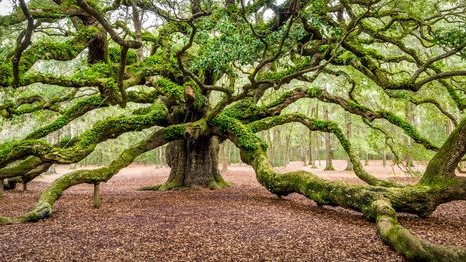When you hear the words “big game,” your first thought might be of football or your favorite video game. In nature, big game is a term that describes large mammals. In the United States, elk, mule deer, and pronghorn are considered big game. They are all types of large mammals that people can choose to hunt for food.
These animals are called “big” for good reason. A mule deer, for example, can weigh almost 500 pounds! They have large antlers, and can run as fast as 45 miles per hour. Because of the position of their eyes, they can see 310 degrees around them! Remember, a full circle is 360 degrees.
Mule deer migrate, often traveling hundreds of miles across mountainous landscapes in western states. They like to live in one place in the summer and a different place during the winter. That is mainly because as the seasons change from summer to winter, there is less food for them to eat. They eat grasses and other plants. As the temperature gets colder, some plants die. The mule deer know their winter home will have more for them to eat. So, when the temperature starts to change, herds decide it’s time for them to be on their way to their other home.
Conservationists are worried about the dangers these animals face as they travel. Humans continue to settle in places that used to be open land. Fires have damaged some of the routes used by mule deer. They have to jump barbed-wire fences, cross busy roads, and travel through farmland. In some places, there is nothing for them to eat and no place for them to find shelter. There are no roadside rest stops for these travelers!
Conservationists want to make sure as many of the mule deer as possible make it to their summer or winter homes. They are studying the paths the animals take and finding ways to make the routes safer. To do this, they are protecting and restoring these migration paths. In Utah, conservationists remove plants that prevent sagebrush from growing in the mule deer’s winter ranges. During the winter, sagebrush is the mule deer’s main source of food.
In other places, like Montana, conservationists are planning to put up fences along highways that lead to special wildlife overpasses. They hope to keep the mule deer off the roads, so they don’t get hit by cars. This will also protect the drivers. In Wyoming, conservationists are protecting 280 acres of land that are part of the animals’ migration path. They are doing this to keep people from building on it. These are just a few of the ways conservationists are protecting these big game animals.
The next time you think about traveling, remember that big game species such as mule deer might be doing the same thing. Now you know they are doing it more safely!









